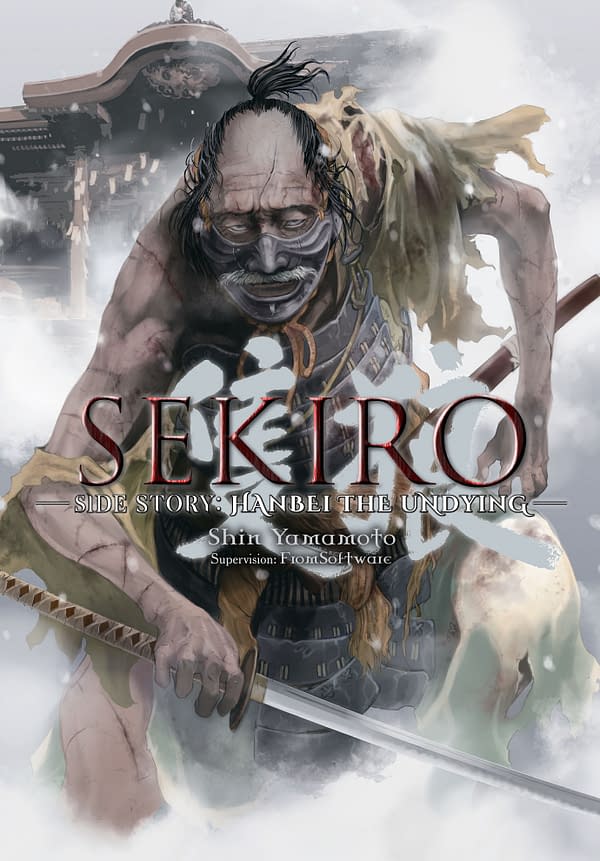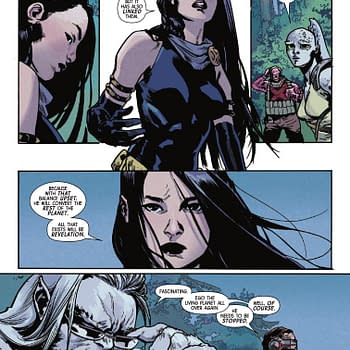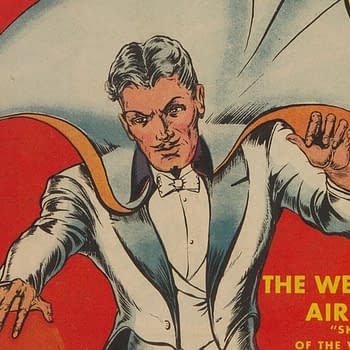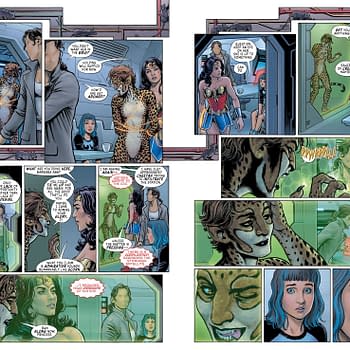Posted in: Comics, Manga, Review | Tagged: manga, sekiro side story hanbei the undying, Sekiro: Shadows Die Twice, video games, Yen Press
Sekiro Side Story: Hanbei The Undying is Both Intimate and Epic
Sekiro: Shadows Die Twice is a punishingly, unforgivingly challenging video game by fromsoftware, the makers of the Dark Souls games. Set in a medieval Japan beset with magic and immortality, you play Sekiro the One-Armed Wolf, a shinobi, or ninja, who sets out to destroy the clan that kidnapped his young lord. Wolf can resurrect himself from death to continue his mission. Of course, there's a tie-in manga, a prequel called Sekiro Side Story: Hanbei the Undying.

This is not a cheap cash-in on a popular video game franchise. Supervised and approved by fromsoftware, Shin Yamamoto writes and draws an existential story about Hanbei, an immortal swordsman from the game before he meets Sekiro in the game. Bored, tired, and in despair, Hanbei wanders the land in the lawless years of the Sengoku period after the great wars. He becomes involved with the family in a poor village that takes him in when bandits attack. If this sounds familiar, it's a trope in Samurai fiction made familiar by the movies of Akira Kurosawa. In this case, the twist is the wandering; desiccated ronin is a weary old man who's lived too long because he cannot die. He can be stabbed, impaled, sliced and diced, but Hanbei keeps getting up again to finish the job against his enemies, dispatching them with a bored melancholy.
Hanbei gets drawn into a hunt for a creature terrorizing the village and finds another immortal. This immortal is a madman who becomes a rampaging, unkillable monkey avatar that leads to an encounter with the giant unkillable monkey that's one of the most horrendous boss fights in the game. This, in turn, leads Hanbei into a conflict with the mad scientist who conducts horrific experiments into the nature of his and others' immortality that forms the tapestry of the game story itself.
The story here is not just a bunch of easter eggs for fans of the game but to weave together a coherent universe behind the story of the game before it begins. The characters that The Wolf encounters are all part of a continuity that began before he started on his mission and gets played out in the game. Hanbei appears in the game as a character trains the Wolf in the skills he needs in his mission with the offer that an unkillable body gives him the opportunity to hone the techniques he – and the player – needs to defeat his enemies. Here, Hanbei's story is an existential Buddhist parable about duty and the need to find purpose in an otherwise empty life. Hanbei finds purpose in being of service, in being a protector before he arrives at the place where Sekiro meets him.
Even without being a video game tie-in, Sekiro Side Story: Hanbei the Undying is a good samurai manga. Yamamoto depicts the widescreen epic struggles of its characters and the visceral pain of swords slashing through flesh. He conveys the sad exhaustion of Hanbei as he wanders from one necessary dutiful fight to the next. The fantasy and horrors of immortal beings and mythical creatures are fuelled by Japanese folklore and Shinto Buddhism. It feels like an organic extension of the samurai and fantasy genre that informs both the game and this manga. It is utterly, inescapably, Japanese, and the reason for reading this book (and the masochism of trying to beat the game).
Sekiro Side Story: Hanbei the Undying is now available from Yen Press.














